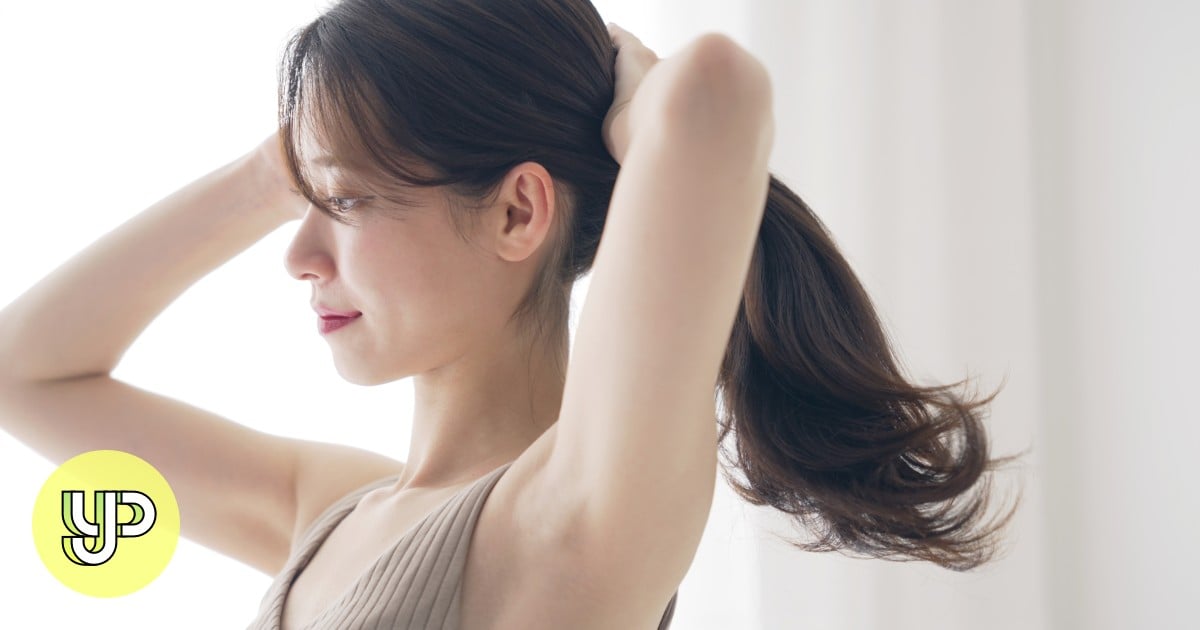
[1] Looking for new hairstyles is a favourite pastime of mine. I turn to Pinterest for inspiration. I think my need for constant change is a reflection of my impatience and tendency to grow bored easily.
[2] Wanting to find out more, I asked Hong Kong-based social worker Katie Leung Pui-yan for her professional opinion. “A new image can represent a new way of looking at ourselves, and how we see ourselves on the outside often reflects how we feel on the inside,” said Leung. She provides psychotherapy to children and adults.
[3] Leung said that people would go for big changes to their hair when they wanted changes in their lives or were going through a significant event. This could be a break-up, the end of a work project, a death in the family or plans to travel somewhere new. So, a haircut often symbolises a “fresh start”. But, in some cases, a dramatic change can point to more serious mental health concerns that reflect distress its wearer is going through.
[4] “Daring haircuts can also be part of an individual’s story, whether they want to grow their hair out or cut it short,” said Leung. “Or it can be a statement or showing support, for example, for individuals with an illness” – such as when people having chemotherapy lose their hair.
[5] As hair is one of our most prominent features, having a healthy, well-styled mane can make us feel empowered. But what about those who are suffering from hair loss caused by stress, trauma, hereditary baldness or other conditions? “Beauty is very subjective, but we do tend to stigmatise a person suffering from hair loss as being ‘ill’ – and that can be very challenging,” said Leung.
[6] Age often factors into our hairstyle decisions. “When we step over a certain age, we start to wonder how to remain youthful without sacrificing the gracious and respectable look,” reads the intro of one of the many articles I have seen on “hairstyles that suit the over 40s, 50s and 60s”.
[7] For Beijing-based teacher Tanya Nizam, embracing her grey hair felt like a natural way of “entering the next phase of her life”. At the age of 46, Nizam decided to stop dyeing her long, raven hair. At the start, some students asked her if she was dressing up as a witch for Halloween, but she has never looked back.
[8] In a study published in April, in the Journal of Women and Aging, researchers concluded that older women were alert to age-stereotyping and discrimination, but they still wanted to keep social status without having to hide their age if that meant feeling inauthentic. For many, that meant they no longer dyed their grey locks. “I see more and more examples of chic grey-haired people, so I believe the image of grey hair is definitely shifting,” said Nizam.
[9] According to my long-time hairstylist Christophe Lambenne, grey is a current trend. “People seem more willing to embrace their natural greys, and they either stop dyeing their hair completely or go for grey highlights for a more gradual transition,” he said.
[10] A good or bad hair day can massively affect how we feel. Whether we go for the drastic chop, embrace the grey streaks – or keep the same hairdo we have had forever, our hair reveals more about us than we think.
Source: South China Morning Post, November 8
Questions
Play a Kahoot! game about this story as a class or with your friends by clicking on the link here.
Or play on your own below to test your understanding:
1. Find a word or phrase in paragraph 1 that has a similar meaning to “hobby”.
2. According to paragraph 2, what does Leung say about getting a new image?
3. According to paragraph 3, what are some of the events that can cause people to make big changes to their hairstyles?
A. when someone in their family passes away
B. when they finish a work project
C. when they go through a break-up
D. all of the above
4. Read paragraphs 4 and 5 and decide whether the following statements are True, False or Not Given. (4 marks)
(i) Most people prefer longer hairstyles to shorter ones.
(ii) All of us have the same standards of beauty.
(iii) Some people cut their hair to show support for those who are going through chemotherapy.
(iv) How our hair looks can affect how we feel.
5. Which word in paragraph 5 has a similar meaning to “hair”?
6. According to paragraph 6, what are people more concerned about as they get older?
A. ways to stay healthy
B. how to look young
C. how to dress their age
D. tips on maintaining their hairstyles
7. Why did Nizam decide to stop dyeing her hair?
8. What does the “trend” in paragraph 9 refer to?
9. According to Lambenne, what are two ways that people are embracing their grey hair? (2 marks)
Writer Lise Floris, who changes her hairstyle more often than most, asks experts what our hairstyles reflect about our mental well-being. Photos: Handout
Answers
1. pastime
2. It can represent a new way of looking at ourselves, and how we see ourselves on the outside often reflects how we feel on the inside.
3. D
4. (i) NG; (ii) F; (iii) T; (iv) T
5. mane
6. B
7. She wanted to start the next chapter of her life in a natural way.
8. having grey hair
9. They either stop dyeing their hair completely or go for grey highlights for a more gradual transition.
"explorer" - Google News
November 22, 2021 at 05:00AM
https://ift.tt/3kX8kke
Study Buddy (Explorer): What your hairstyle says about you - South China Morning Post
"explorer" - Google News
https://ift.tt/2zIjLrm
Bagikan Berita Ini















0 Response to "Study Buddy (Explorer): What your hairstyle says about you - South China Morning Post"
Post a Comment